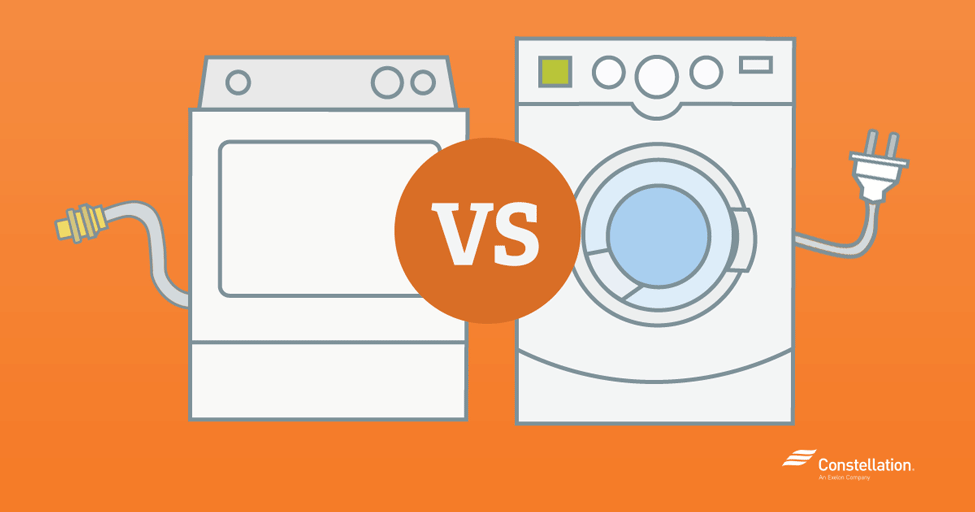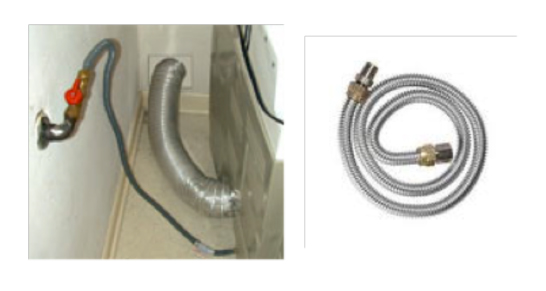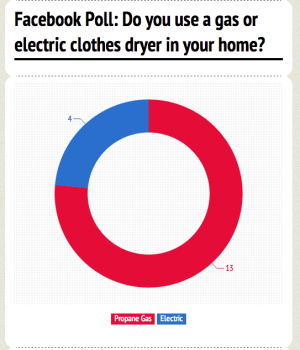Gas Powered Dryer How It Works

An advantage of natural gas dryers over electric dryers is faster drying of clothes which means less time spent on laundry.
Gas powered dryer how it works. Here is a list of the most commonly replaced parts associated with each dryer symptom. How do gas dryers work. The fan is powered by an electric motor read more about how motors work. Like an electric dryer a gas dryer uses electricity to power the motor that turns the drum.
Gas dryers use metal plates designed to transfer the created heat into the air. When the dryer is turned on a sensor ignites the pilot light and another opens the gas valve. So why design a dryer to apply more steam to clothes. Gas dryers run on electricity to do things like power the lights and turn the drum but they heat with gas.
Natural gas dryers are more gentle on fabrics because clothes are dried more quickly at specific temperatures to adequately evaporate water from the fabric. Conventional dryers apply heat to wet clothes to evaporate the moisture or turn the liquid water into a gas. While gas is used to create heat all gas dryers also require electricity to power other. Repairclinic has millions of replacement parts for appliances lawn equipment power tools and heating cooling equipment.
This video provides information on how a gas dryer works and offers troubleshooting tips to assist you in diagnosing and repair. An electric or gas powered heater that heats the air that is drawn through the clothes as they tumble which in turn heats up the clothes and the water in them. As cool air passes over the heating element it s warmed and turned to hot dry air. Even though steam is a byproduct of drying applying steam at the right times to wet clothes or dry clothes has advantages.
Natural gas or propane gas dryers depend upon a pilot light which ignites the gas creating heat. A fan blows the heated air through. However a gas dryer uses a gas burner to burn natural gas to warm the air that dries the clothes. Again a blower moves the heated air throughout the dryer to the wet laundry.
This resultant gas is of course steam.


















